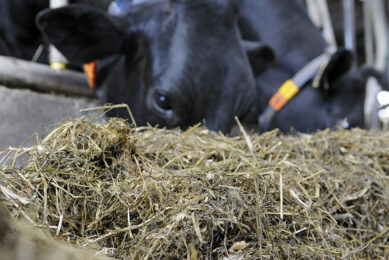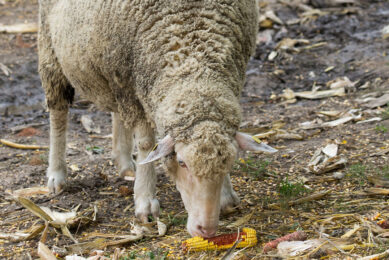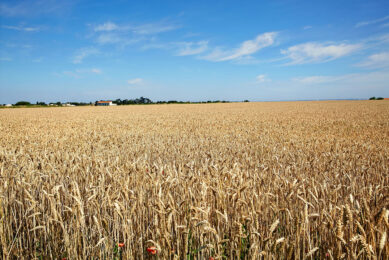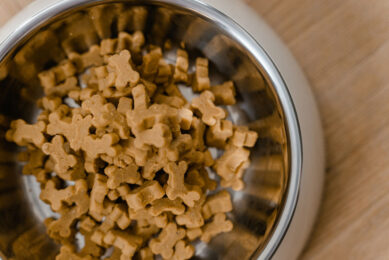High levels of nitrate in corn silage can be toxic
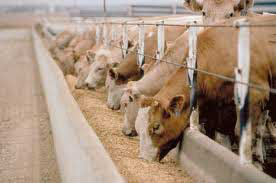
High levels of nitrates in corn silage can be toxic to animals and humans, North Dakota State University Extension Service dairy specialist J.W. Schroeder warns. Nitrates can accumulate in corn during unfavorable conditions when growth is slow and nitrates are plentiful.
“Nitrates are a possibility under current dry conditions but often are hard to predict when they will appear,” Schroeder says “As growers consider their options for salvaging drought-damaged corn, the natural option is to harvest the crop for silage where livestock, dairy and beef, are available to consume it.”
Symptoms of nitrate poisoning include labored breathing, loss of weight and lack of appetite. Clinical signs of nitrate poisoning are related to the lack of oxygen in the blood. Acute poisoning usually occurs from a half hour to four hours after consuming toxic levels of nitrate. The onset of symptoms is rapid.
Pregnant livestock that survive nitrate poisoning may abort because of a lack of oxygen to the fetus. Abortions generally occur 10 to 14 days following exposure to nitrates.
High nitrate levels probably will not be a problem for producers who used nominal rates of nitrogen fertiliser and have experienced continuous drought since its onset in mid-May. Producers who use manure and those who have had intermittent showers that resulted in more forage growth but little or no grain should be cautious about salvaging corn as silage.
“In particular, growers should be very cautious about salvaging corn as ‘green chop,’ or silage feed immediately after it is cut,” Schroeder says. “Ensiling corn that is suspected of having high nitrate levels is preferred to green chopping because the fermentation process will decrease nitrate levels by about 50 percent.” He also advises producers who green chop or apply manure to take a nitrate test before feeding the material to livestock.
“When in doubt, have the forage analyzed before feeding,” he says. “Even forage with levels in excess of 1,000 ppm of nitrate-N can be fed if diluted with other feedstuffs, but it is important to know what you have before you feed it.”
Here are some ways of reducing nitrates in corn silage:-
– Do not feed the silage until the fermentation process is complete.
Fermentation will reduce nitrate levels by 30 to 50%.
– Avoid situations in which manure and/or fertiliser results in very high rates of nitrogen applied on a droughty soil.
– Minimise plant stresses due to nutrient deficiencies.
– Harvest on bright, sunny days.
– Do not harvest for at least three days following a soaking rain that comes after a period of dry weather.
– Raise the cutter to leave at least 6 inches of stubble.
– Dilute high-nitrate corn silage with feed grains or hay.
For more details on feeding stressed or damaged crops please click here.




